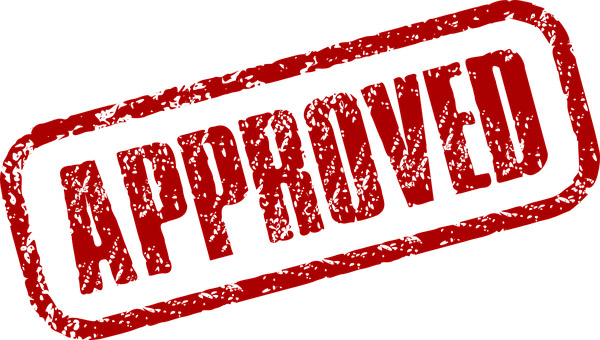Quality assurance and quality control(QAQC) are two processes you can employ to ensure you achieve good quality on your building project.Although the two are complimentary, the question is which is really better out of this two if you were to chose only one for your project.
Let’s take a look at the major differences between these two:
- Quality assurance checks the work process, Quality control checks the actual finished work
- Quality assurance is largely proactive,Quality control is largely reactive
In other words, if you get quality assurance right, you have already “built in” quality into your project. If you follow the correct process, the chances that there will be major quality issues is very low… Hence quality assurance must be more desirable than quality control. However, most people focus on quality control and neglect the quality assurance process while hoping that the project will come out good. This hardly ever happens… if you skip the process the end result will be less than desirable.For every effect there’s always a cause. Tackling the cause brings better results!
The major benefit of the quality assurance process is that it saves you money upfront. Because paths leading to errors are spotted earlier on and avoided. If you only use quality control, the work would have been finished then you will have 2 options:
- Accepted— Good, no loss of time or money.Hardly happens if the quality assurance process is not followed.
- Rejected— Bad, rework needed. This leads to loss of time and money…and further loss of project quality.
All parts of a project has QAQC processes.For example a typical quality assurance process for paint work may go as below:
- Specify good quality paint
- Employ experienced painters
- Buy adequate quantity of paint from reputable distributor
- Transport and store paint under correct conditions
- Remove dirt, grease oils and surface irregularities prior to painting
- Surfaces are sufficiently dry to receive coating
- Use recommended brush types and sizes
- Tape off adjacent areas which shouldn’t receive paint
- Paint 1mx1m sample for approval prior to commencement of general coating work
- Apply undercoating if required
- Paint surface with required number of coats
- Wet paint signs and barriers provided where necessary
- Ventilate area properly
A typical Quality control(QC) process for same paint work may be:
- Check if finished paint work is even, smooth and of uniform colour.
- Check if paint work is free from brush marks, sags, runs and other defects.
- Check if finished paint work cut in neatly at edges.
Which is really better of these two… which do you think if employed will lead to a higher quality work??
Your guess is as good as mine.
In conclusion, using the quality assurance process for all parts of your project ensures you encounter no surprises when the work is finished … it saves, you time and money, gives you control while ultimately leading to your project success. Quality assurance is one of the most neglected tools which will surely make your building stand out from the rest. Use it to your advantage!
Call/whatsapp us on: + 234-9097563826
Or contact us by email: info@nigerianhouseplans.com





Wow! This is an eye opener, thanks so much for the article.
Thanks.